Mental workload at work: definition and issues for companies

The mental load at work refers to all the mental operations performed by a worker during his professional activity. The efforts of concentration, comprehension, adaptation, attention and meticulousness, the accomplishment of information processing tasks… are all elements that can increase the mental load of an individual at work. We can also mention the psychological pressures related to the requirements of deadline, speed, quality of execution, the management of the relations with the colleagues and the thirds, among others, which generate a psychic constraint of mental load.
How can we measure mental health at work?
Numerous validated and recognized assessment tools help diagnose a pathology related to mental health at work. These tools differ in presentation and content depending on the field of activity. They are questionnaires designed to reflect the level of psychological and organizational constraints that an individual may face in the course of his or her activity, as well as the urgency of remedying them. These evaluation scales are formulated in a standardized manner using numerically measurable items or indicators. Among these various supports, we can mention :
- the CPO questionnaire on psychosocial and organizational constraints in the health care environment
- the Perceived Stress Scale (PSS);
- Maslach’s Burn Out Inventory test, to diagnose burn-out;
- Karasek’s questionnaire to measure professional stress;
- Siegrist’s questionnaire to evaluate the effort/reward imbalance and non-recognition at work, factors of malaise;
- the COVI anxiety scale, a tool used to diagnose serious psychological disorders resulting in a foreseeable permanent disability equal to or greater than 25%, thereby authorizing referral to the CRRMP for recognition of the disorder as an occupational disease.
Note: the Karasek and Siegrist questionnaires are the most commonly used to identify risk situations.

Mental overload: symptoms and risks for employees and the company
Situations of mental overload exhaust those who suffer from them. The symptoms of mental overload and stress manifest themselves through several phenomena, which vary from person to person.

Physical symptoms
- joint and muscle pain;
- gastrointestinal disorders;
- headache;
- Asthma attack;
- heart problems (heart palpitations, high blood pressure);
- cholesterol;
- chronic fatigue.
Psychological symptoms
- sleep disorders ;
- hot flushes and sweating;
- anxiety attacks;
- depressive burn-out syndrome, burn-out (workaholism).
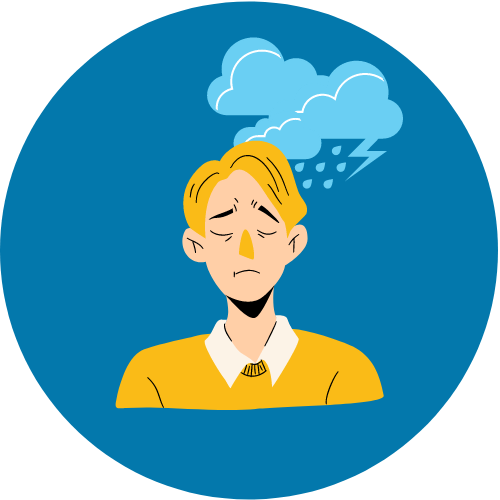
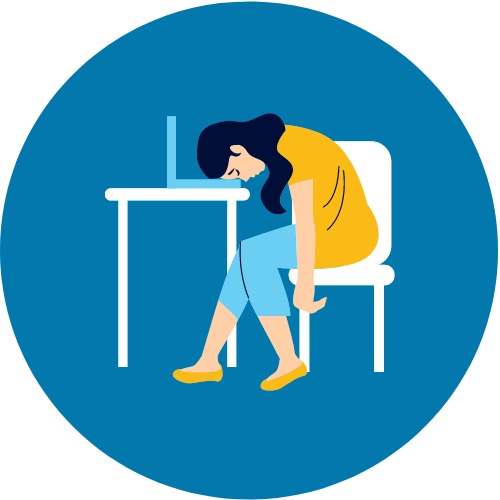
Social and behavioural symptoms
- irritability, aggressiveness ;
- hyperactivity or apathy;
- eating disorders (bulimia);
- overuse of alcohol, tobacco, drugs, psychotropic substances;
- social isolation;
- risk-taking behaviour;
- complete lack of motivation.
Risks for employees and the company
Risks to business come in various forms:
- a drop in employee performance and a reduction in productivity due to the deterioration in the quality of the work provided, mistakes made, and the loss of new markets
- an increase in absenteeism, accidents at work and occupational diseases
- higher turnover due to employee departures or absenteeism;
- degraded social relations impacted by a bad atmosphere, internal violence and/or conflicts within a work group, by the emergence of social movements.
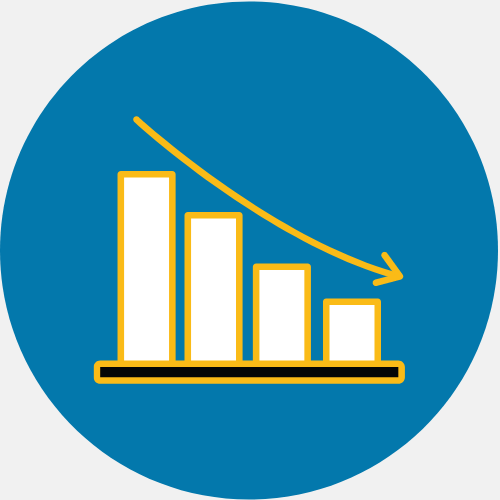
A tool to reduce mental workload at work?

Mental workload at work: what management solutions?
Alleviating mental workload at work involves many levers. There are as many answers as there are profiles. For the same professional activity, these solutions differ according to individual and contextual characteristics.
For managers, certain behaviours help to considerably reduce the mental load of their teams. At the management level, the solutions essentially concern the need to :
- identify the first signs of isolation, loss of alertness and irritability;
- delegate and give the person more room for manoeuvre in carrying out their tasks, without asking them to be accountable all the time;
- allocate relevant tasks with clearly defined deadlines and objectives;
- Set up discussion sessions and meetings with the whole team in order to discuss the problems collectively. Becoming aware of difficulties is essential to rethink the way things work;
- encourage mutual aid;
- Establish a climate of trust, mutual respect and listening;
- Recognise the work done;
- leave room for error.
If the manager feels that solutions to reduce mental workload at work can be managed at his or her level, he or she can try to improve the situation himself or herself. If not, they should not hesitate to inform the HR manager, the doctor or the occupational psychologist. Several support mechanisms can be put in place at HR level to support both managers and people in difficulty in order to help them regulate a crisis, manage their emotions and prevent serious consequences. These include
- the psychological support plan for employees (PAPS) based on individual interviews to assess potential physical symptoms and anxiety levels;
- counselling cells with specialised professionals to support an employee in distress.
Psychosocial risks in companies: what are we talking about?
In 2011, in France, the Ministry of Labour, via the Gollac report, defined psychosocial risks as “risks to mental, physical and social health, caused by employment conditions and organisational and relational factors likely to interact with mental functioning”.
This scourge has been raging for some years in companies as well as in administrations. It includes three main factors:
- stress induced by an overload of work, a lack of autonomy, a lack of means;
- violence within the company, such as harassment (moral or sexual) or conflicts between colleagues and/or hierarchy
- violence outside the company in the form of threats, aggression and insults.
All employers are obliged to assess risks, including psychosocial risks, and to take all measures to protect the physical and mental health of their employees. (Article L. 4121-1 of the french Labour Code). Preventive measures exist to detect and reduce an incipient or worrying situation of emotions at work.
All employees, regardless of their hierarchical status, profession, gender or age, are likely to be exposed to psychosocial risks. These PSRs may result from the activity itself or from the organisation and/or the atmosphere in the workplace.

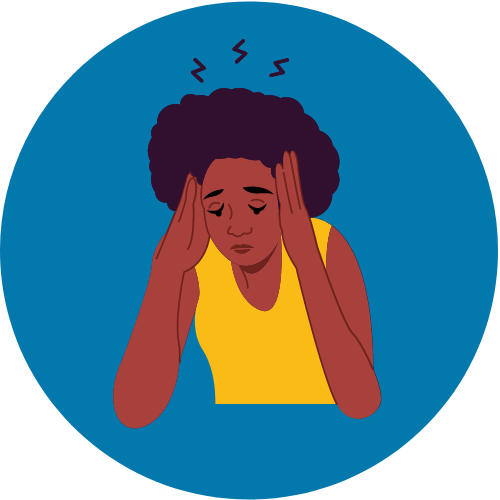
What are the main psychosocial risks at work?
Psychosocial risks in the workplace concern all risk situations likely to impact the mental health of people from all professional fields. They can be caused by several factors originating from the activity itself, from the organisation or from the work relations. They affect all levels, from employees to managers, right up to the very top of the hierarchy.
PSRs take different forms and can interact with each other. They correspond to situations such as :
- stress resulting from the imbalance between an individual’s feelings about the constraints of his or her work environment and the resources available to cope with them;
- verbal or physical violence within the company by other employees. This often involves moral harassment, sexual harassment, repeated arguments, conflicts between individuals or team members;
- violence committed outside the company (insults, threats, aggression).
Managing stress at work: 5 practical tips
Learning to say ‘no’
Too much work can quickly lead to burn-out. In order to protect one’s well-being and health, an employee must be able to prioritise his or her tasks and take real breaks. In the context of stress management at work, refusing an assignment with good reason will relieve stress and increase productivity.

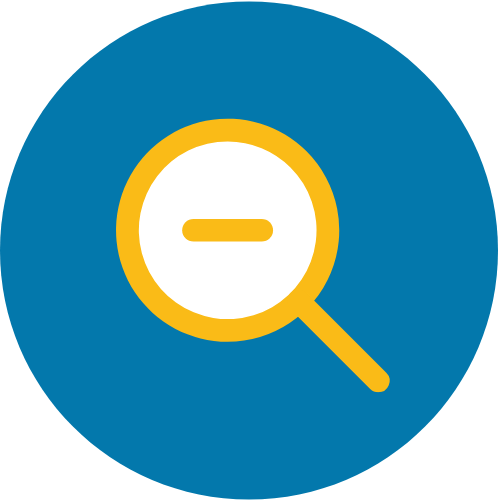
Taking a step back
Some stressful situations deserve to be examined objectively and with hindsight. In a context where the person feels oppressed or attacked, any impulsive reaction is inadvisable. A few breathing exercises will help to relax and not give in to pressure. Therapeutic support can also help to manage emotional reactions that may diminish.
Preserving your sleep with natural methods
Going to bed at regular times and getting a good night’s sleep is essential for managing stress at work. Unfortunately, work-related anxiety is often the cause of insomnia. Professionals provide training in stress management and natural anti-stress methods. This is the case with sophrology, acupuncture, hypnosis, etc. Of course, it is essential to maintain a healthy lifestyle and engage in physical activity.
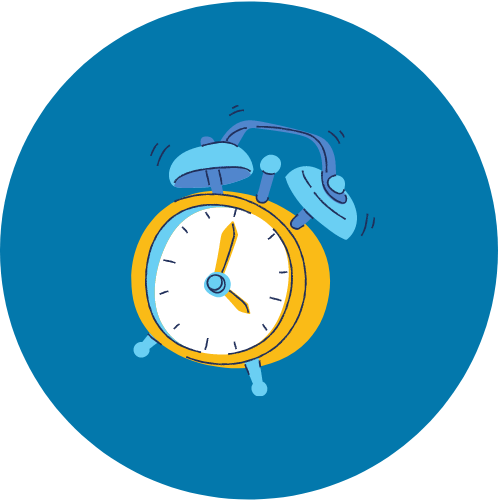

Forcing yourself to smile
Smiling and laughing always feel good and contribute to the release of endorphins in the same way as physical activity. A smile, even if forced, helps to reduce anxiety and can generate positive emotions, even in a stressful context.
Don’t wait to call for help
You need to know how to sound the alarm before you “sink”. The people to alert include the line manager, the staff representative, the HSWCC (Health, Safety and Working Conditions Committee) and the occupational physician. A 7-day-a-week consultation or teleconsultation on suffering at work is also available in all hospitals.

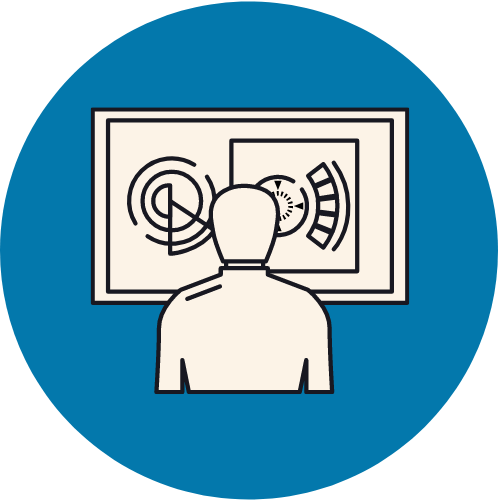
Can a technological tool help to reduce mental workload in companies?
Digital transformation and digital tools are now capable of reducing the mental load in working life. They help to improve the moral and physical health of employees and managers alike.
The organisation of work is being transformed through the use of tools such as project management software and sometimes complementary applications. These tools allow, for example, to plan, organise and manage the work of a team from A to Z. They also help to define objectives and priority tasks. As a result, deadlines are better met without rushing projects through.
Effective project management software can also be used as a collaboration tool, with a manager coordinating everyone’s tasks, sharing feedback, etc. It provides an overall view of the project and helps the team to work together more effectively. It provides an overall view of the work so that tasks are fairly distributed and each team member is aware of each other’s requirements and responsibilities.